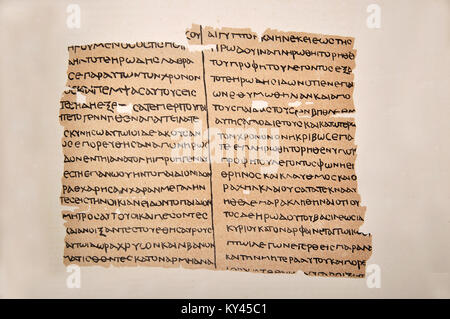

(credit: ccarlstead, CC BY 2.0, via Wikimedia Commons) Sinai Palimpsests Projectīecause parchment for writing was a scarce and valuable commodity during this time in history, it would often be reused. St Catherine’s monastery at the foot of the traditional Mount Sinai location was built by emperor Justinian in the 6th century.

The fragments from a third manuscript were recently identified and now this latest find is considered to be the fourth textual witness. Catherine’s Monastery at the traditional location of Mount Sinai. One of these manuscripts is held in London’s British Library and the other is a palimpsest, a manuscript that has been written over, that was discovered in St. “Until recently, only two manuscripts were known to contain the Old Syriac translation of the Gospels.” “The tradition of Syriac Christianity knows several translations of the Old and New Testaments,” Kessel said in a statement. The recent study was published in the journal New Testament Studies and Grigory Kessel, a medievalist from the Austrian Academy of Sciences, explained its significance. More avenues of discovery are possible now due to new technology that allows researchers to effectually peel back lost layers of text and find the original history of ancient documents, giving insight into the earliest stages of Bible translation and those that wrote them. The previously unseen biblical text was an Old Syriac translation of the original Greek, written around 1,750 years ago, making it one of the earliest translations of the Gospels found so far! Using new technology, a long-lost chapter from the Gospel of Matthew was recently discovered underneath layers of writing. “Heaven and earth will pass away, but my words will not pass away.” – Matthew 24:35 (ESV) Long-Lost Bible Chapter Found Summary: Hidden under multiple layers of writing, a Syriac New Testament chapter from around 1,750 years ago was recently discovered using ultraviolet photography.


 0 kommentar(er)
0 kommentar(er)
